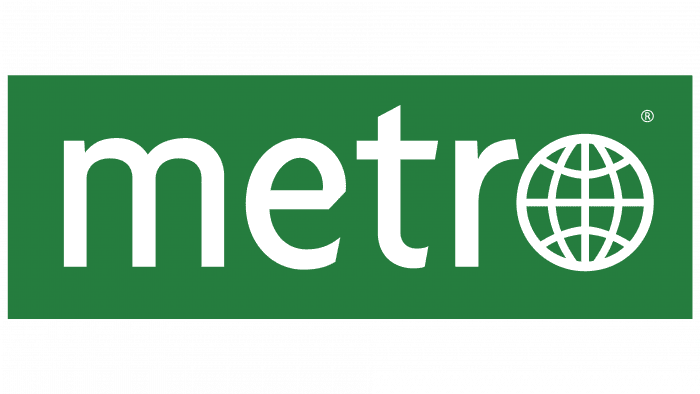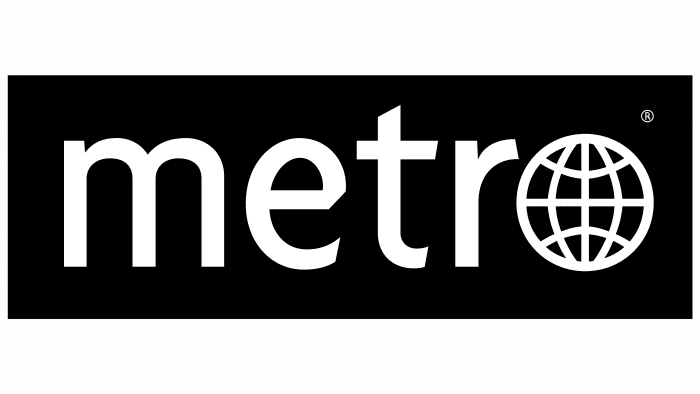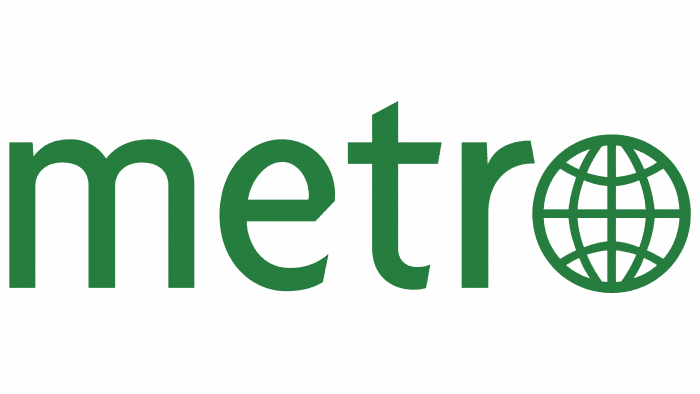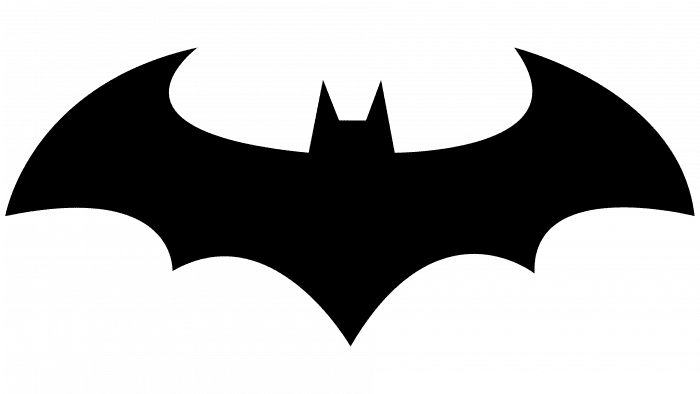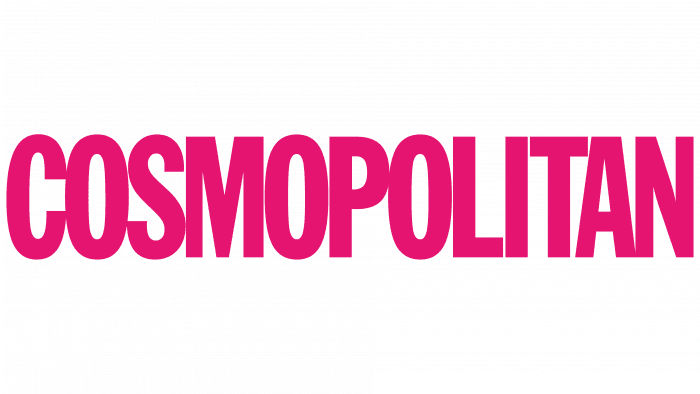The Metro logo promises reliable and truthful information about what is happening worldwide. The publication is amid the flow of life and always keeps abreast. The emblem invites you to satisfy your curiosity and read the news.
Metro: Brand overview
Meaning and History
The newspaper had a different name in the beginning: since 1904, it was known as Electric Traction Weekly. In 1932, it was renamed Electric Traction and Bus Journal. Three years later, in 1935, it became Mass Transportation.
In 1961, the periodical had its modern roots in Metropolitan Transportation, and in 1965, it was named Metropolitan. Finally 1975, the newspaper got its current name, shortened to Metro. All this time, the brand name has evolved along with it.
What is Metro?
Metro is a German trade company with its headquarters in Düsseldorf. It represents an international chain of wholesale stores in Europe, Pakistan, India, and Kazakhstan. Wilhelm Schmidt-Ruthenbeck and Ernst Schmidt founded it. The brand was launched in 1964.
The tabloid newspaper logo is textual. It consists of a title written in rounded lowercase letters. The font is simple and strict, with no serifs or altered characters.
The only graphic element is a globe instead of the last “O.” Depending on the newspaper’s topic, this letter can be disguised as something else—for example, a soccer ball, as in the sports chronicle section. The globe is lined with characteristic meridians and parallels of equal thickness.
Traditional stylization is used in all corporate spheres – newspapers, magazines, TV channels, etc. The only difference is in the form. A magazine and newspaper sign is a white rectangle with rounded corners and black text; a mark in a circular frame is used in other divisions.
Metro: Interesting Facts
Metro Magazine has been a big deal in the transportation world, especially for buses and trains, since 1904. It’s one of the oldest magazines that talk about transportation.
- Long History: It’s been around since 1904, showing it’s been important for a long time.
- New Name: In 1975, it changed its name to Metro Magazine to better reflect its focus on city transportation and what readers need.
- Covers Everything: It discusses all the big news for people who work with buses, trains, and coaches and keeps them updated on new developments and problems they might face.
- Lots of Readers: People read it, like those who run transportation systems, make buses and trains, or work for the government. It’s a go-to place for information.
- Deep Dives: The magazine provides detailed reports on important topics like safety, going green, new technology, and laws, helping readers better understand their industry.
- Looking Ahead: Metro Magazine discusses new tech, such as electric buses, self-driving cars, and ways to make transportation smarter. It’s all about what’s next.
- Events: Metro is not just a magazine. It also organizes events and awards, a great way for people in the industry to meet and learn from each other.
- Online Too: The magazine has moved with the times, offering digital versions and a website so people can read it anywhere.
- Learning Tool: It’s also used for learning, with stories on how to do things better and expert advice. This helps people in transportation keep getting better at their jobs.
Over the years, Metro Magazine has changed to keep up with what transportation professionals need, making it a key source of news and knowledge in the United States.
Font and Colors
Metro’s color palette is a classic combination of white-black and white-green. Moreover, the letters can be light or dark, placed on a green or black background.
